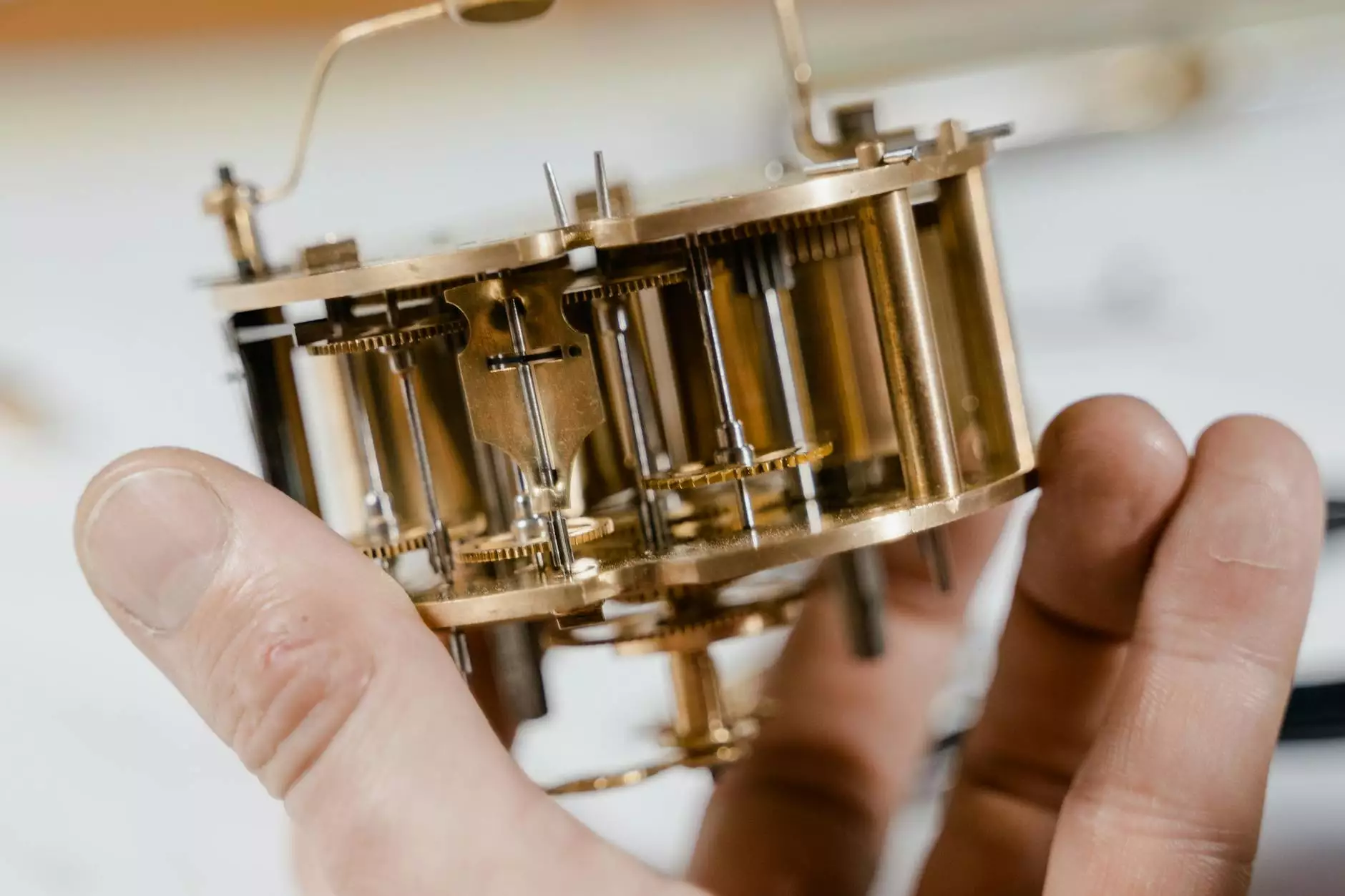How to Repair Your Dehumidifier

Introduction
Welcome to Screens Unlimited, your go-to source for reliable repair solutions in the business and consumer services industry. In this comprehensive guide, we will walk you through the process of repairing your dehumidifier, providing expert tips and detailed instructions to help you resolve common issues. Whether you're a DIY enthusiast or simply looking to save time and money, our step-by-step instructions will ensure your dehumidifier is up and running in no time.
Understanding Dehumidifiers
Before diving into the repair process, it's important to understand how dehumidifiers work. Dehumidifiers are appliances designed to reduce the humidity levels in a given space, preventing mold and mildew growth while improving air quality. There are different types of dehumidifiers available on the market, including refrigeration, desiccant, and electronic models. Each type operates differently and may require specific troubleshooting techniques.
Common Dehumidifier Issues
Dehumidifiers can experience various issues over time, affecting their performance and efficiency. Some common problems include:
- Failure to turn on
- Inadequate moisture removal
- Water leakage
- Excessive noise
- Frost buildup
- Malfunctioning control panel
- Unpleasant odors
If you're facing any of these issues, rest assured that Screens Unlimited has the expertise to guide you through the repair process, ensuring optimal functioning of your dehumidifier.
Step-by-Step Repair Guide
1. Troubleshooting
The first step in repairing your dehumidifier is to identify the root cause of the problem. Begin by checking the power supply and ensuring it's properly connected. Additionally, inspect the control settings and adjust them if necessary. If the issues persist, move on to the next troubleshooting steps.
2. Cleaning the Filter
A clogged or dirty filter can significantly impact the performance of your dehumidifier. Follow the manufacturer's instructions to locate and remove the filter. Rinse it with water or use a vacuum cleaner to remove any debris. Allow the filter to dry completely before reinserting it into the unit. A clean filter will improve airflow and efficiency.
3. Checking the Drainage System
Water leakage is a common issue that can be caused by a malfunctioning drainage system. Inspect the drain hose for any clogs or kinks. Ensure it's properly connected and positioned to facilitate smooth water drainage. If needed, clean the drain pan and remove any accumulated debris or blockages.
4. Defrosting the Coils
If your dehumidifier displays frost buildup on the coils, it may require defrosting. Turn off the unit and allow it to thaw naturally. You can expedite the process by using a fan or hairdryer on a low heat setting, ensuring not to overheat the coils. Once defrosted, wipe away any excess moisture before powering the unit back on.
Maintenance Tips
Regular maintenance can prolong the lifespan of your dehumidifier and prevent future issues. Here are some essential maintenance tips:
- Clean the unit's exterior regularly
- Keep the surrounding area free from dust and debris
- Monitor humidity levels and adjust settings accordingly
- Replace the filter as recommended by the manufacturer
- Inspect and clean the coils periodically
- Check and ensure proper drainage
- Store the dehumidifier in a dry location when not in use
By following these maintenance practices, you can maximize the efficiency and performance of your dehumidifier, reducing the need for frequent repairs.
Conclusion
Repairing your dehumidifier doesn't have to be a daunting task. With the guidance provided by Screens Unlimited, you can easily troubleshoot and resolve common issues, saving time and money. Remember to always refer to your manufacturer's instructions and consult professional assistance if needed. Ultimately, a well-maintained dehumidifier will ensure a healthier and more comfortable environment for you and your loved ones.




